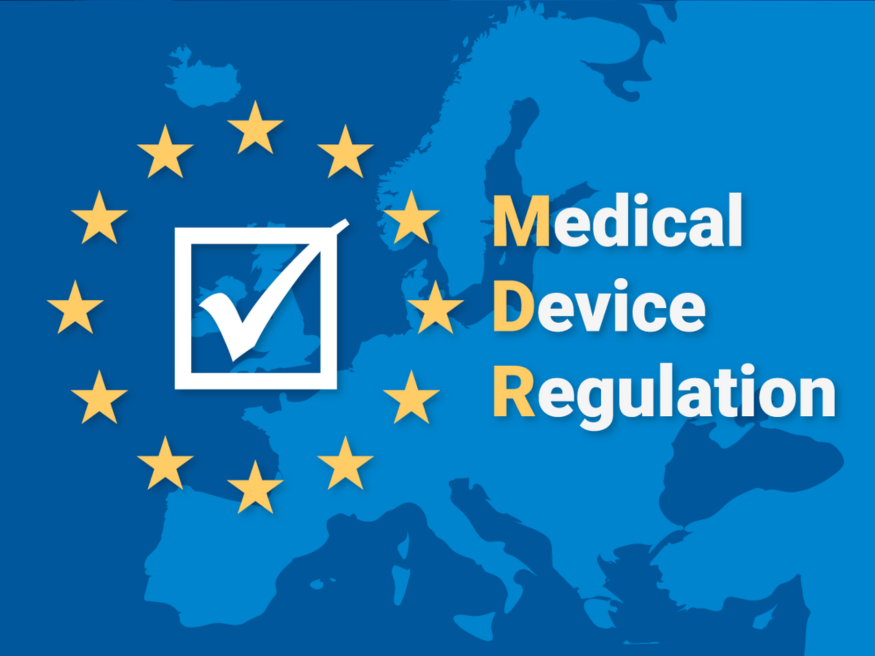
With the EU MDR looming, medical device organizations have an opportunity to improve organization-wide best practice, rather than seeing achieving compliance as a short-term business overhead. Enforced compliance such as this gives medical device organizations the chance to organize and cleanse their labeling data and in turn create downstream value now rather than later. Many organizations lack corporate oversight of their labeling estate and there are many reasons why this is the case.
The opportunity to put things right
Whilst there is no quick fix to the discovery, audit and update of labeling artworks dispersed across multiple sites, we see EU MDR as an opportunity to put things right. Implementing a cloud-based solution to ‘connect the disconnected’ is the approach we would recommend to take control of your labeling data now ahead of the next wave of regulatory changes. Failing to comply with EU MDR regulations can have huge consequences on your medical device organization, which may result in costly product recalls, and delays in the distribution of products in Europe.
Bob Tilling, Sales Director at Kallik says, “The most important thing to ensure compliance is to ensure you have a thorough understanding of the requirements. The biggest challenge is the scale of the task – you must investigate how many pieces of artwork you have to change and then create a plan to move through them. Once you’ve identified these, you need a project to make these changes, approve them, and pass them out to subject experts for verification that the changes are correct.”
Employing a joined-up, cloud-based labeling and artwork management solution therefore, can ensure you are using the changing regulations to your advantage. This approach has a number of benefits:
It connects historically disconnected people and processes: a cloud-based solution makes storing, versioning, and modifying existing label layouts to accommodate new symbology and statements required for EU MDR a much simpler task.
Increases traceability: each label is visible to all stakeholders and simplifies collaboration, change, and compliance.
Reduces the impact of future regulatory and organisational-driven labeling changes: each impacted label can now be quickly identified, updated and re-printed along with a complete audit trail of changes making it easy to demonstrate due diligence to regulatory bodies when requested.
Adopting a cloud-based approach better equips medical device organizations to respond quickly and efficiently to future changes in legislation, new market opportunities, and simply the daily labelling challenges in bringing new products to market.
“It’s all about connecting the disconnected. You’ll have master labeling and artwork assets in a variety of artwork management systems – all of which are disconnected. By having a joined-up, cloud-based artwork management system all of these things get joined up, from their very creation, to the changes required for MDR, right up to the label being attached to the product in the factory,” Bob explains.
At Kallik, we have responded to this challenge with our, cloud-based solution, Veraciti™. Once brought under control, Veraciti's ‘where-used’ capability makes it quick and easy to identify and update individual labelling assets and to produce time-stamped audit reports at the touch of a button. The cloud-based nature of the solution means it is quick to adopt across the broader organisation and by manufacturing partners. This means that in times of uncertainty, revisions and updates can be made in confidence as and when is needed.
Want to know more?
Whether you’re in the food and beverage, pharmaceutical, medical device, chemical, or even the cosmetic industry, our experts are ready to help you transform your labeling and artwork management with the help of our innovative software, leading the way in the labeling and artwork software space. Get in touch today to see what we can do for you at enquiries@kallik.com or call +44 (0) 1827 318100.
